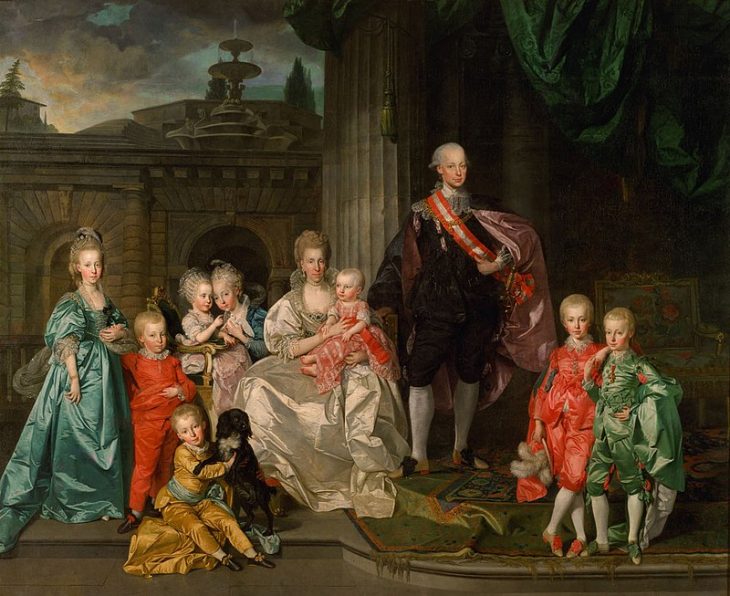
Word of the Day: Vicissitudes
The WordGenius.com word of the day for today is vicissitude [/ vɪˈsɪs ɪˌtud, -ˌtyud /: the /ɪ/ in the IPA (International Phonetic Alphabet) is what we learned to call the “short i sound,” as in “pit” or “will”]. The noun means “a change or variation occurring in the course of something,” “interchange or alternation, as of states or things,” “successive, alternating, or changing phases or conditions, as of life or fortune; ups and downs,” “regular change or succession of one state or thing to another,” or “change; mutation; mutability.” One usually hears the word in the plural form, in the phrase “the vicissitudes of life.”
According to www.etymonline.com, it entered the language in the “1560s, from Middle French vicissitude (14c.), from Latin vicissitudinem (nominative vicissitudo) ‘change, interchange, alternation,’ from vicissim (adv.) ‘changeably, on the other hand, by turns, in turn,’ from vicis ‘a turn, change’ (from PIE root *weik- (2) ‘to bend, to wind’). The period from the mid-16th to mid-17th century was known for the importation of “inkhorn” terms, words borrowed from Greek, Latin, and French to compete with simpler English words (like “change”).
Today we’re going to look at someone who had to deal with the vicissitudes of life. Peter Leopold Joseph Anton Joachim Pius Gotthard was born in May of 1747, the son of Francis I, the Holy Roman Emperor, and Maria Theresa, Queen of Hungary and Bohemia—not exactly a rough start in life. But he was the third son of Francis and Maria Theresa, not the first, so he was not in line for succession. So his parents decided to train him up for the priesthood. But when he was 14, his older brother Charles died. Francis and Maria Theresa decided that Leopold should become heir to the Grand Duchy of Tuscany, and when his father died the next year, that his what he did.
Part of the deal was that Leopold marry the Infanta Maria Luisa of Spain. To us, that sounds kind of bad, but Infanta is just a title like princess in the kingdoms of Spain and Portugal. Maria Luisa was actually born in 1745, a year and a half before Leopold. Her father was Charles III of Spain and her mother Maria Amalia of Saxony. She was originally supposed to marry Leopold’s older brother, Joseph (Holy Roman Emperor from 1765 to 1790), but the King of France objected to that marriage because he wanted Joseph to marry his granddaughter, Isabella of Parma. Apparently the marriage wasn’t all that happy as Leopold was a bit infamous for his extra-marital affairs.
Leopold was just the Grand Duke of Tuscany until the death of his older brother in 1790, when Leopold inherited the lands of the Hapsburgs and was elected the new Holy Roman Emperor (yes, the Emperor was elected, though not in a general election of the people). The first few years of his reign as Grand Duke he was controlled by his counselors, but eventually, in 1770, he took control.
Here are some things that he did to reform Tuscany:
- He removed restrictions on personal freedom imposed by the Medicis.
- He removed restrictions on industry, also
imposed by the Medicis
- The results of these first two reforms led to increased prosperity for the people of Tuscany.
- He suppressed the small navy that had been created by the Medicis, and since he had no standing army, he had money for improving the duchy.
- He worked on a constitution, which would have divided power between the executive and the legislative, though this reform was forestalled in 1790 by his becoming Holy Roman Emperor. His constitution had many similarities to the Virginia Bill of Rights of 1778.
- He promulgated a law to improve the care of the mentally ill.
- He made the smallpox vaccine available.
- And on this date in 1786, Leopold instituted a penal reform which ended torture and capital punishment. This day is celebrated as the Cities of Life Day around the world.
Tuscany was the first civil state in the world to do away with torture and capital punishment, which is kind of amazing when you think about the fact that England was still putting people to death for stealing. The United States continues to use capital punishment 233 years later.
Like all monarchs, Leopold was authoritarian at times, especially after he became the Holy Roman Emperor. And his affairs make it clear that he was not as morally upright as he should have been. But his doing away with torture and capital punishment—just those two actions—make it clear that he was as good a ruler as ever existed in the period of human history when kings and dukes had inherited power. He hadn’t begun life in line to inherit political power, but he adjusted to the vicissitudes of his life to do good things.
The image is of Leopold with his family, a painting by Johann Zoffany.